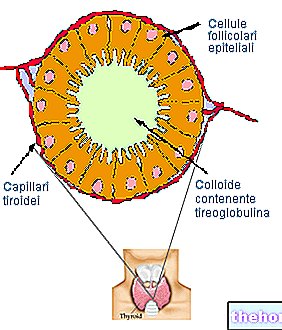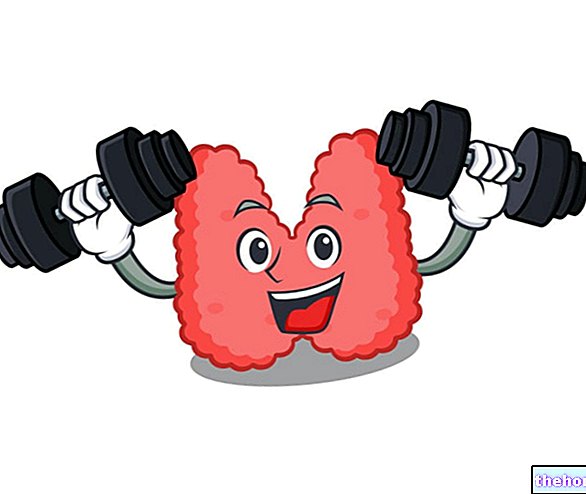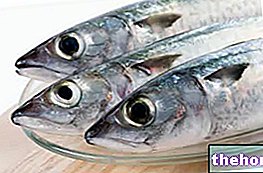"Andropause
Functions of Testosterone
Testosterone levels are not only related to individual fertility; the influence on reproductive capacity is in fact accompanied by an important support for various "existential" functions, such as metabolic, cardiovascular, locomotor, psychic, behavioral and social functions.
High levels of testosterone, often the result of highly inadvisable doping practices, are typically accompanied by an increase in aggression, libido and muscle mass, while hypogonadism is generally associated with erectile dysfunction, weakness, muscle atrophy, depression and anxiety.
Symptoms of Andropause

PHYSIOLOGICAL MODIFICATIONS OF SEXUAL ACTIVITY WITH AGING
Slowing of the excitatory phase and erection; reduction of penile rigidity; blurring of the sensation of orgasmic inevitability; decreased libido and fertility; reduction of spontaneous erections (such as nocturnal ones); reduction of orgasmic intensity and ejaculate volume M lengthening of the refractory period.
The decrease in sexual drive is generally a very slow process, so that it often goes unnoticed or is simply associated with aging. Even when it manifests itself abruptly - except for the presence of underlying pathologies - it still maintains this character and is mostly perceived. as such due to the psychological repercussions of a "sudden and obvious sexual difficulty.
MODIFICATIONS OF THE VARIOUS BODY ACTIVITIES
Increase in adipose mass at the expense of muscle mass, reduction in bone density with greater susceptibility to fractures, gynecomastia (excessive development of the male breast), thinner skin and decreased or arrested hair growth, decrease in energy and sense of well-being, anemia , insomnia or other sleep disturbances, depression, decreased concentration and self-esteem.
Role of Atherosclerosis
It is good to reiterate that these symptoms are in many respects absolutely physiological and generally only partially supported by the decline in testosterone levels. Just to name a few examples, occlusive vascular phenomena of an atheromatous nature (ergo atherosclerosis) can decrease the blood supply. to the penis and cause erectile dysfunction.
The main risk factors for this disease are diabetes, obesity, LDL hypercholesterolemia, smoking and hypertension, all heavily influenced by the person's lifestyle.
Role of obesity
Obesity, for its part, is typically associated with a reduction in free and total testosterone levels, accompanied by a relative increase in estradiol (a typical female hormone). As in the worst of vicious circles, the increase in visceral fat worsens hypogonadism, which in turn aggravates the condition of obesity. In fact, an enzyme, called aromatase, is concentrated in the adipose tissue, and in particular in the one located in the abdominal area, which converts testosterone into estradiol.

Role of Diabetes
Turning to alterations in glucose metabolism, diabetic subjects develop erectile dysfunction three times more frequently than non-diabetic men.
Hyperglycemia can in fact damage the nerve fibers and blood vessels involved in erection; moreover, it predisposes to atherosclerosis and, similarly to obesity, reduces the synthesis of nitric oxide, an important vasodilator also involved in erectile phenomena (the mechanism of action of Viagra ® and similar is based on blocking the degradation of another substance vasodilator, which is released in response to increased nitric oxide).
We underline, in the final analysis, that the symptoms of andropause are in many respects similar to those of hypothyroidism, a disease caused by insufficient activity of the thyroid gland.
Diagnosis
In case the onset of the above-mentioned symptoms arouses the suspicion of an "imminent entry into andropause, the best thing to do is to bring them to the attention of a doctor." Only in this way will it be possible to investigate the causes that produced them and establish the most appropriate treatment; in this regard it is good to keep in mind two key concepts, which after analyzing the consequences and symptoms of andropause should be clear by now. The first is that in most cases it is an absolutely physiological condition, in many respects preventable or at least attenuable through a healthier lifestyle; the second is that the symptoms of andropause are not necessarily related to hypogonadism, but can hide underlying and much more serious diseases. This latter eventuality, in particular, should all the more be understood as a pressing invitation to submit one's symptoms to the attention of an andrologist, in an honest and transparent manner.
The perception and correct interpretation of the symptoms of andropause is very important for its diagnosis. With the same circulating levels of free testosterone, the symptomatological manifestations can in fact vary - even to a significant extent - from individual to individual. blood levels of testosterone, and in particular those of its free fraction, are not frankly deficient, it is in fact difficult to diagnose hypogonadism and / or andropause through a simple evaluation of testosteronemia.
Other articles on "Andropause Symptoms"
- Andropause
- Andropause Therapy of andropause
- Medicines for the treatment of Andropause
















.jpg)











